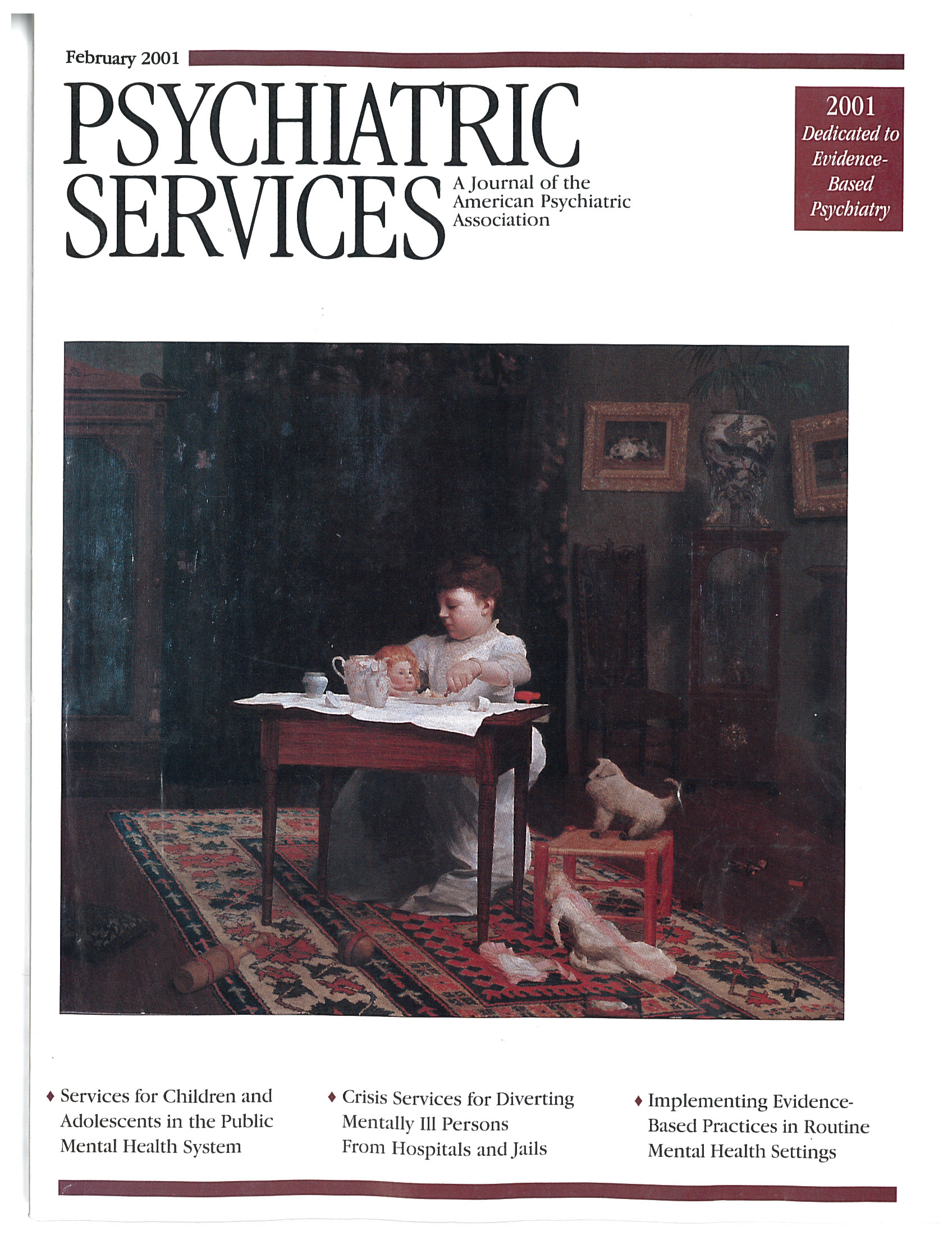Psychiatric and Behavioural Disorders in Developmental Disabilities and Mental Retardation
With the closure of state institutions, the past quarter-century has seen a dramatic shift in the degree to which people with mental illness or developmental disabilities are integrated into the community. Quality-of-life issues are given more attention than they received in the past. Treatment of behavioral difficulties and psychiatric symptoms are an important part of improving function and integration. This book brings together an international group of specialists to cover a wide array of topics that are pertinent to the management of psychiatric disorders among persons with developmental disabilities. Every chapter is a concise overview of its topic and gives extensive references for further information.
Perhaps the greatest challenge in addressing psychiatric difficulties in the developmentally disabled population is making an accurate diagnosis. DSM-IV diagnosis is criteria based, and many of the criteria are based on both subjective and objective observation. To make an accurate diagnosis, the clinician relies in large part on the patient's own reports of feeling states and thoughts as well as observation of behavior and social adaptation. Among persons with borderline to moderate retardation, the presentation of psychiatric illness is similar to that of the general population. However, the more severe the developmental disability, the more marked the difference from typical presentation.
There are a variety of reasons for differences in presentation. Persons with moderate to severe disability have impaired communication skills or are nonverbal and thus may be unable to report their internal states. Impoverished social skills and life experiences can lead to unsophisticated presentation. Cognitive limitations can result in bizarre presentations that can be misinterpreted as psychosis. Some behaviors can be explained solely on the basis of the developmental disorder, which can result in missed diagnosis. Finally, these patients are unlikely to present themselves. The clinician must rely heavily on third-party reporting, which may add a confounding layer of distortion, interpretation, or even misrepresentation.
This book is a comprehensive and informative review of the evaluation and treatment of psychiatric disorders among persons with developmental disabilities. Much of the focus is on how diagnosing mental illness in this population is different from usual psychiatric care. It offers the clinician a framework with which to think about this population, and it thoughtfully presents strategies for adapting standard psychiatric practice. The approach represented is multidimensional and leads the reader to a rich understanding of the need to address the biological, the environmental, and the social aspects of disorder and treatment.
This population of patients can present symptoms such as pain or other discomfort as agitation or self-harm. Difficulty sleeping may be caused by noisy night staff. As with any severely ill person, changes in staffing may cause acute changes in behaviors that are not necessarily due to illness. Because the information gleaned from caregivers is so vital in the evaluation, it is important to be aware of how the caregiver's expectations and hopes can color that information.
Because of these unique difficulties, all those treating the patient must work in close collaboration. The relationship between the behavioral psychologist and the psychiatrist is critical. A clear delineation of target behaviors and of how are they are defined, along with rigorous tracking of these behaviors, is the key to successful treatment. Also important are consistency in implementation of any behavior plan and in monitoring the patient's progress.
The book also discusses public policy, support service needs, and training and education needs, and the authors outline ways to improve them. At every step, areas for future research are highlighted, so that the book not only is a factual resource, but it also encourages the reader to think about ways in which care might be improved in the future. Advances in case management systems, community-based services, and outcome monitoring are the areas in which most progress has been made in the past decade.
This book is a rich overview of its subject and is a wonderful resource for all professionals in all disciplines who are working with this challenging population.
Dr. Graham-Brown is affiliated with the Center of Adults and Families in Westfield, Massachusetts.



